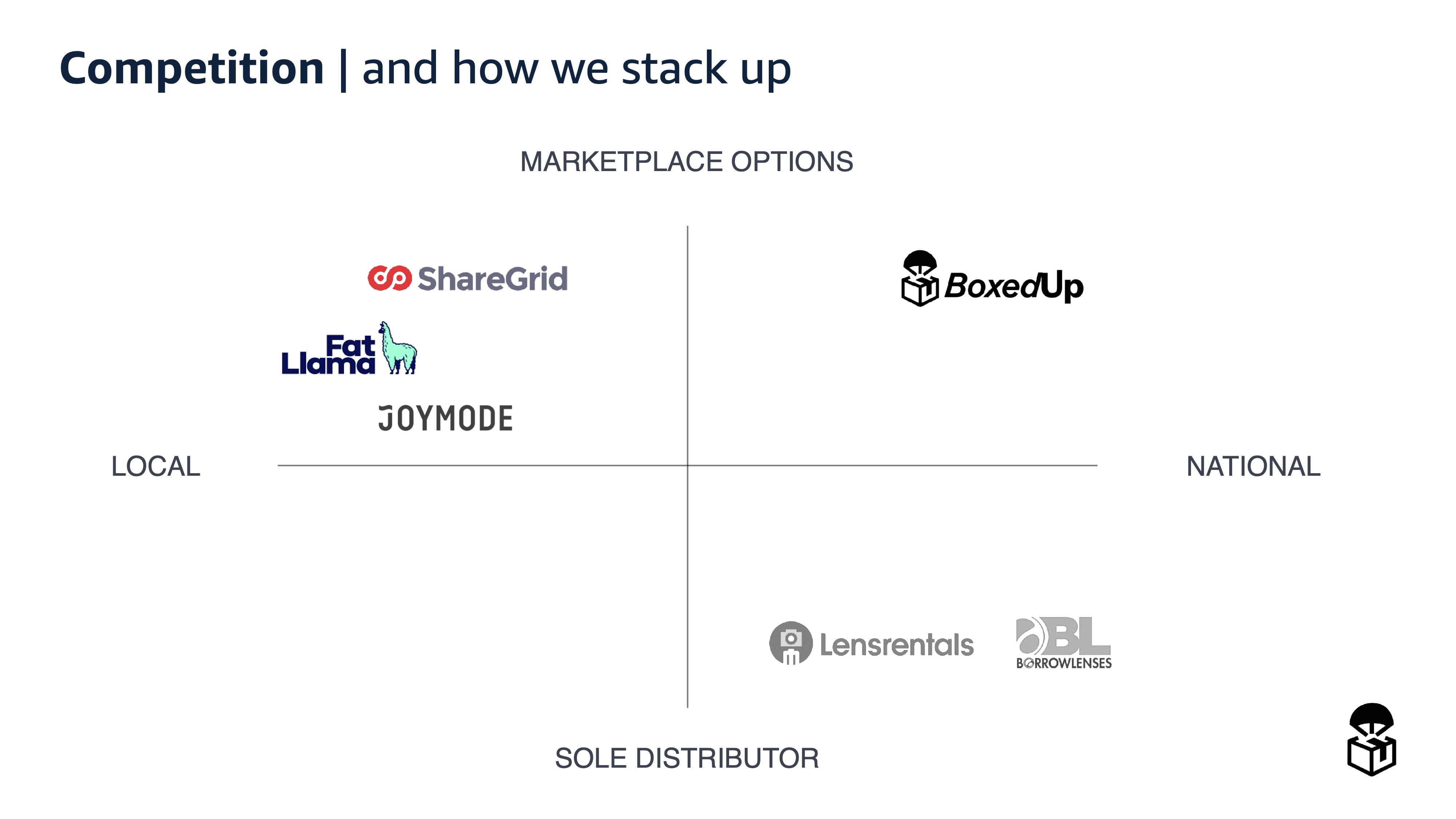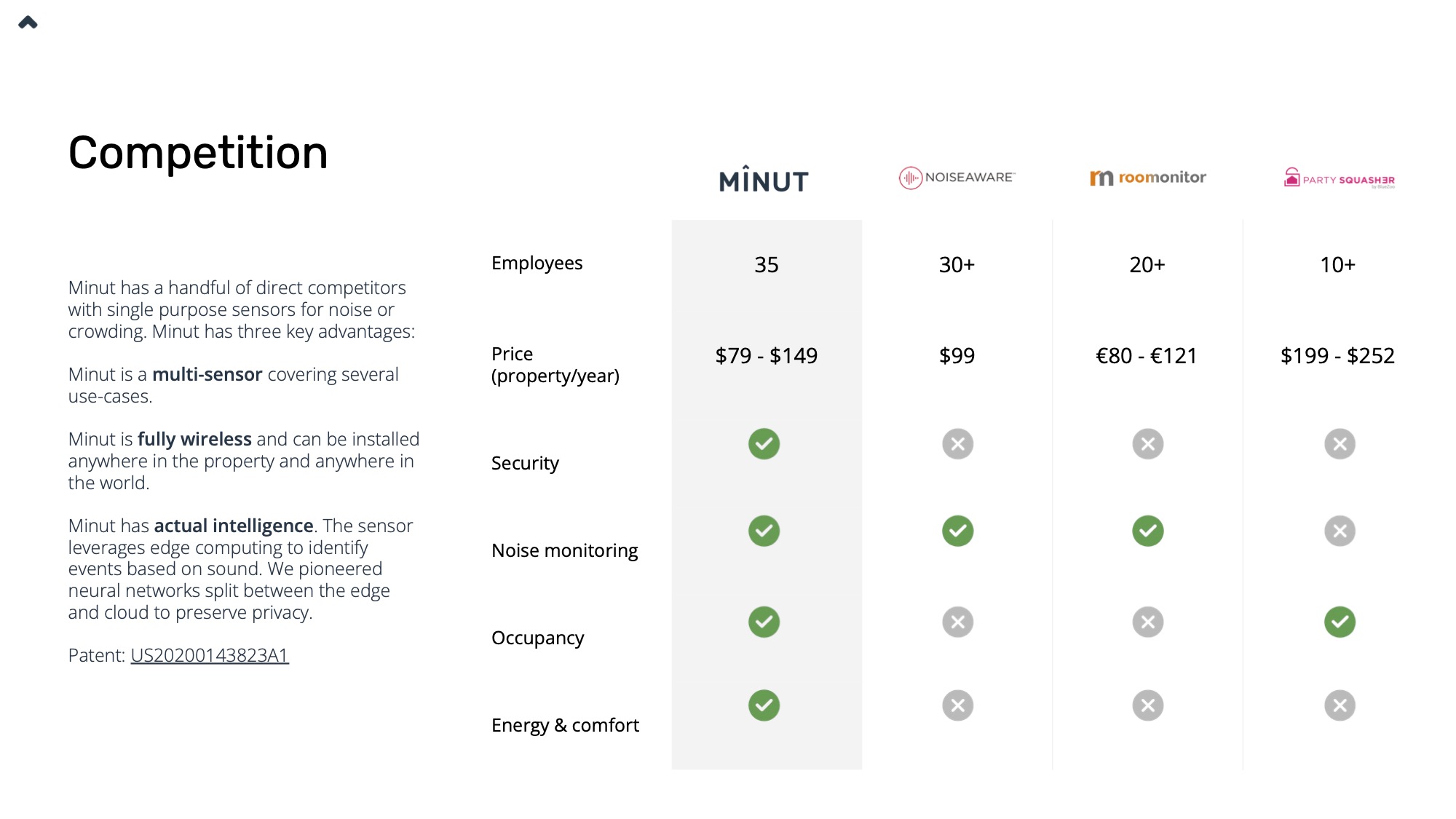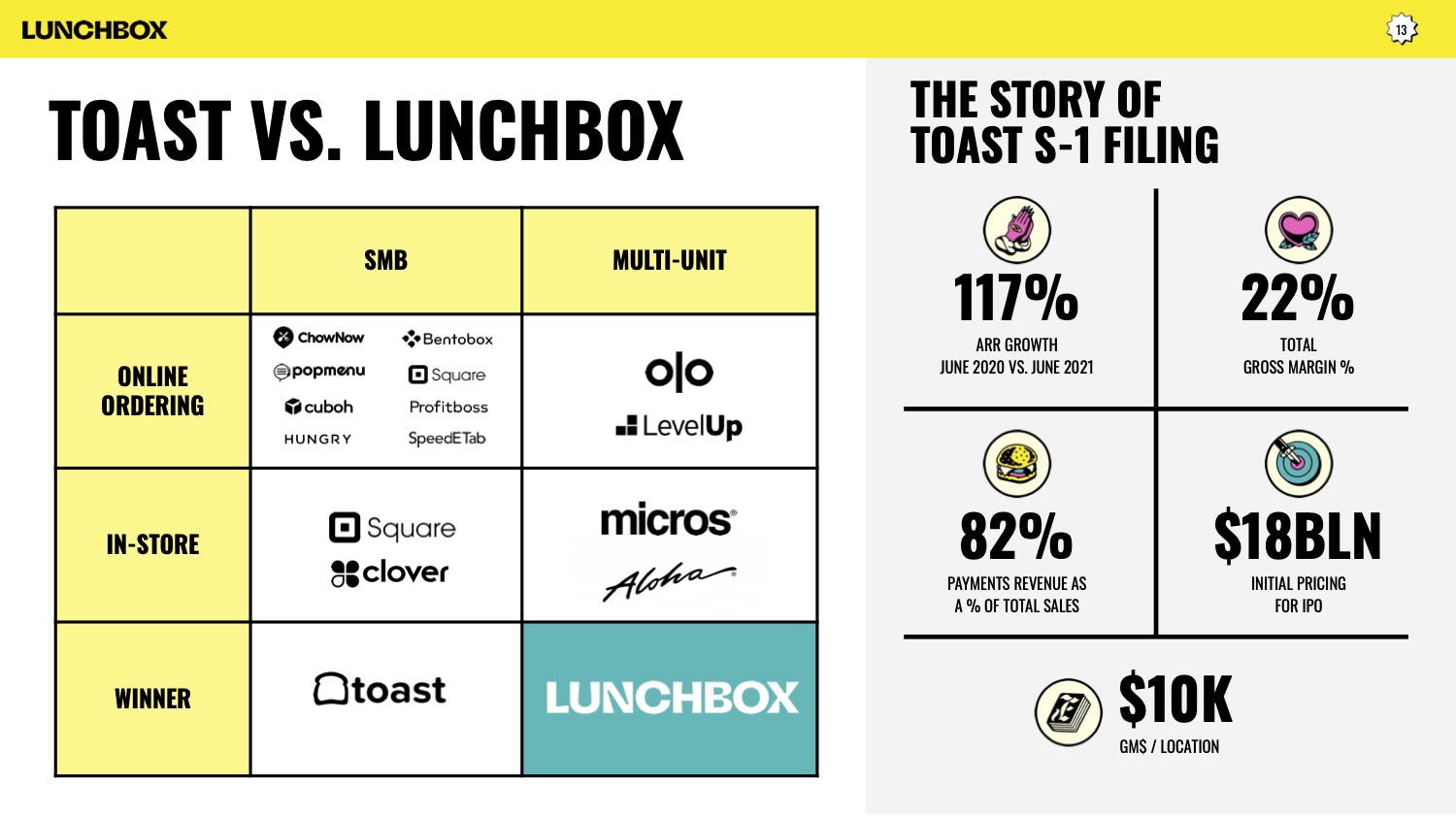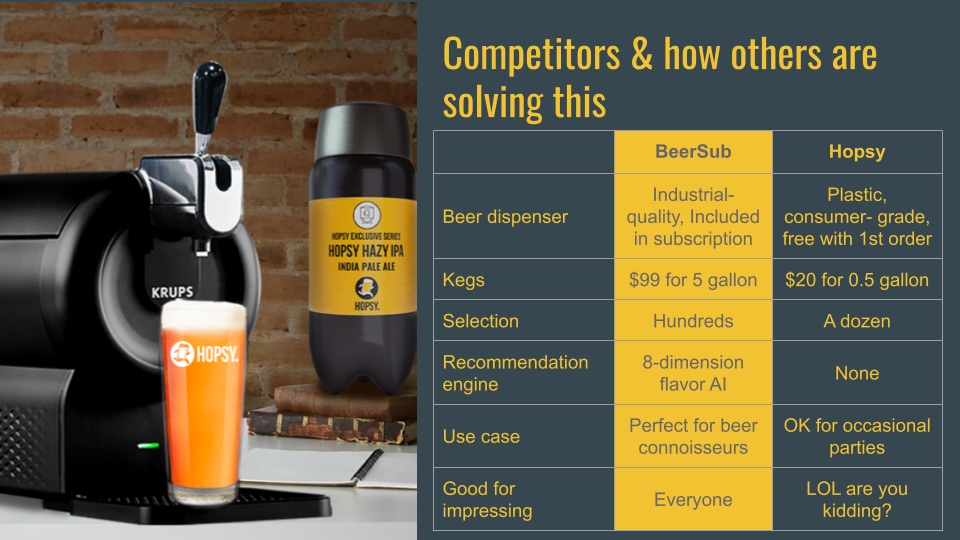“We don’t have competitors,” some founders say. Or they might downplay how big a threat their competition is, assuming that talking about competition at all will ruin the magic spell they’re trying to cast over investors. But talking about competition won’t ruin the magic you’re trying to cast. After all, nobody thinks that you’re starting a company in a vacuum.
There’s no such thing as a startup without competitors, but you need to know how to talk about them, including how you plan to exist alongside the competition. Until you wipe them off the face of the planet with your brilliance, of course.
There’s no such thing as “no competitors”
Even if you are the first company doing something in a space, and there’s literally no competition yet, remember that you’re still trying to build something that your potential customers are willing to pay money for. To do that, you must find a “problem” to solve and customers — whether businesses, government entities or individuals — that need a solution.
In the context of a competition slide, if there are no companies that are building solutions, or if there are no products that already solve this, there will be competing alternative solutions. If you were shipping the first electric vacuum cleaner, for example, the competition might have included manual vacuum cleaners (no, really!) or the humble broom.
Remember that the competitive alternative may not be obvious. For the cinema, a competitive alternative could be Netflix, but that is only true if you limit the competitive field to “ways to watch movies.” That is not entirely true; theaters are date destinations and entertainment “solutions,” and competitors could be a bowling alley, hiking in a national park, a live concert or staying at home, listening to music with friends.
If you can’t think of any competitive alternatives, you may have a pretty serious problem on your hands. If people aren’t willing to pay to have a problem solved now, why would they be willing to do it in the future?
How to talk about your competitors
Assuming that you have a pretty clear picture of who your competitors are, now you must figure out how to talk about them in detail.
If you have many competitors, a good, low-lift way to explain how you fit into the competitive landscape is with a two-axis chart:

Here’s another example, from BoxedUp’s pitch deck. (See the company’s full Pitch Deck Teardown.)

Many (most?) startups present their competitors this way, and it works, even though it’s rather simplistic. To make this more robust, you could more clearly identify how you are different from established competitors, for example.
A better way to present your competition is to identify the ways in which you are similar to, and how you differ from, other major players in the market. If you are identical in every way, you’re going to have a tough time. And if you’re positioning yourself to beat the competition only by being cheaper, you’re effectively positioning yourself for a price war race to the bottom — and it’s often hard to raise money for companies whose only differentiator is “we are cheaper.” You’d best believe that your competitors will run at a loss for a while if they have to in order to put you out of business.

As we saw in Minut’s Pitch Deck Teardown, the competition slide does a great job of showing how the company differs from its competitors. It is the cheapest option, yes, but it also adds a slew of additional features and use cases.
Lunchbox took another approach:

Lunchbox used its competitive landscape slide to show that it’s like Toast, but for multiunit restaurants. It also differentiates itself in this slide from all SMB offerings, essentially answering questions investors might have about where Lunchbox fits in with the other, possibly more well-known, brands.
Not technically part of the competition landscape, but pulling key data out of Toast’s S-1 filing, the company is helping investors dream big and shows that there is an in-market predicate for large returns in a near-adjacent market.
Putting it all together
A competitor slide is your opportunity to shine as a founder; think about your competitors both narrowly (who are your direct competitors right now) and more broadly (which companies are in adjacent markets and could attempt a market extension into your field). You can also think about the competitive alternatives and other ways of solving the problem.

For example, the market for an at-home dry cleaning robot does exist; Presso recently raised $8 million. The competitive alternative, however, is to just throw your clothes in your existing washing machine, use a service like Rinse (which picks up your dry cleaning and drops it back off at your house; it raised $14 million a few years ago), or go to the dry cleaners yourself.
Ultimately, the trick is to put yourself in your would-be customers’ shoes and take the widest, most creative view of how they might solve a particular problem. That’s your competitive landscape and your chance to show off how your solution is the best. You get extra bonus points if your differentiators also play into your go-to-market strategy; in the case of Minut, for example, the people who benefit most from its products are Airbnb hosts. Getting Airbnb to endorse the product was a stroke of genius — and it can’t have hurt its fundraising one bit.































Comment